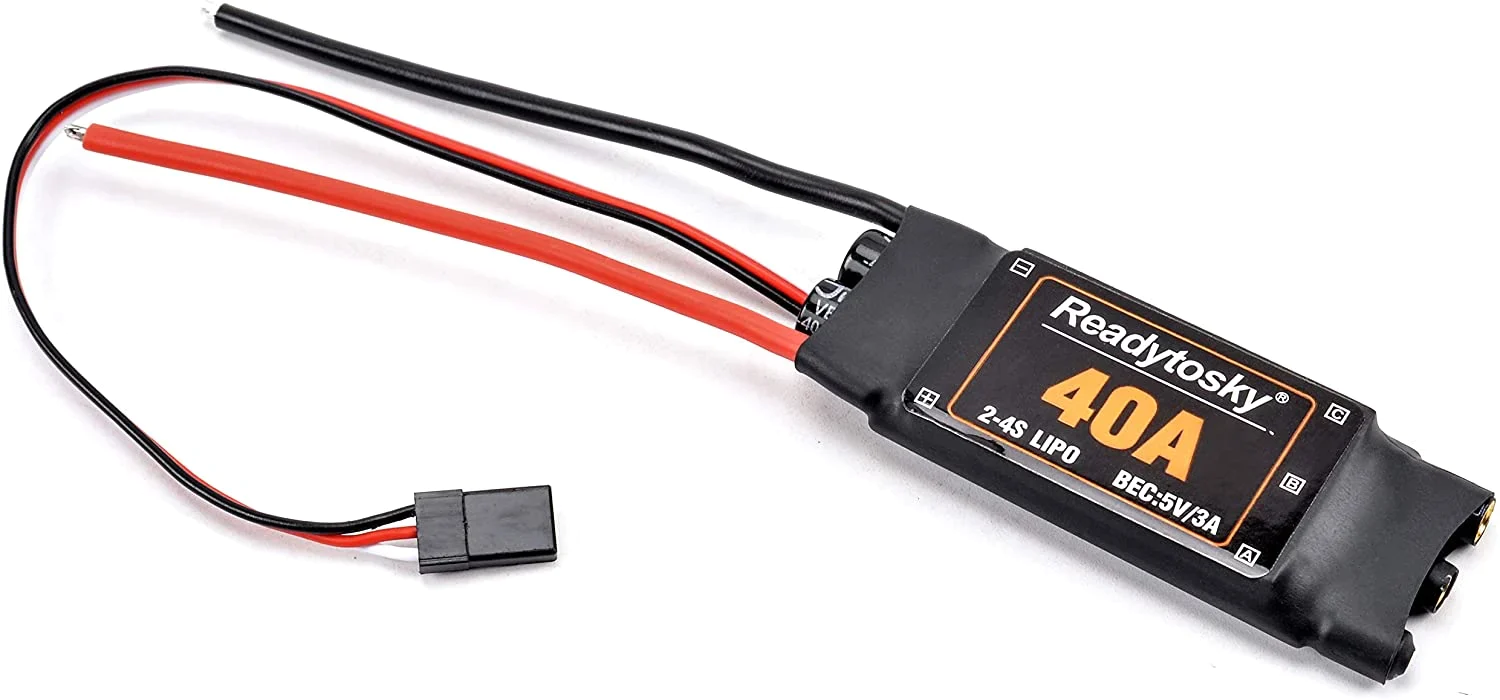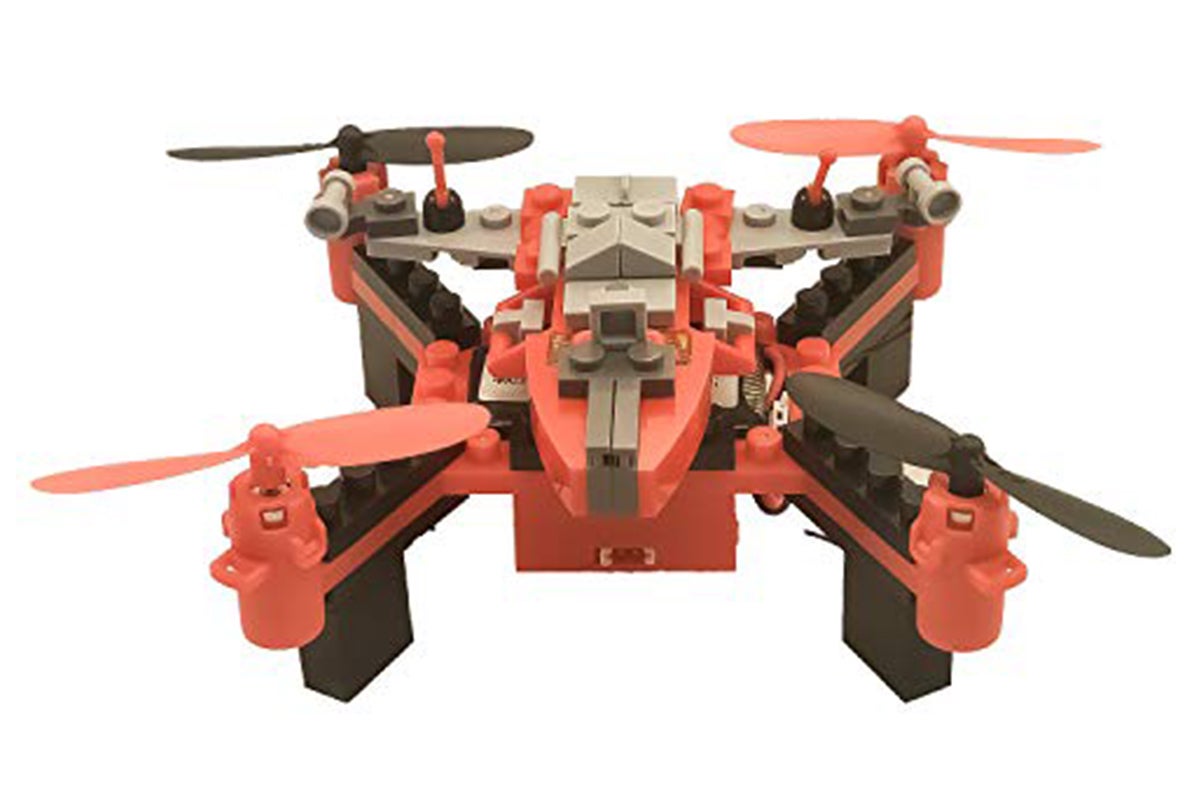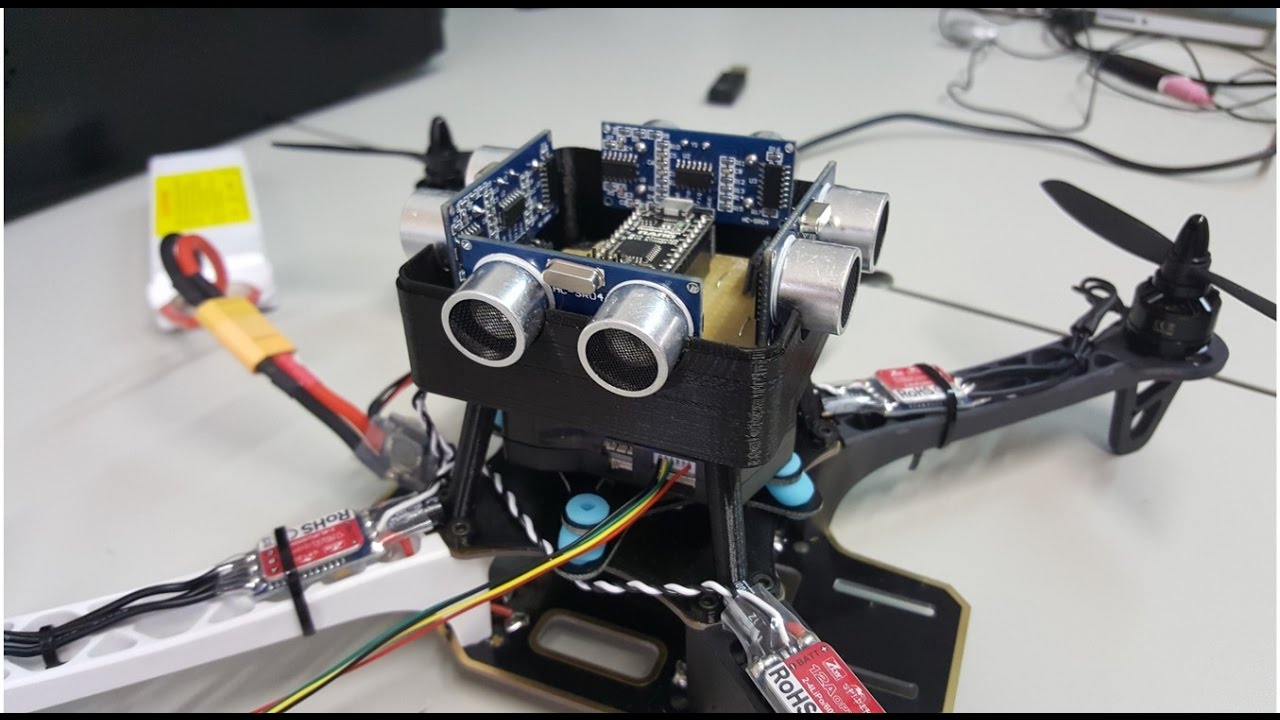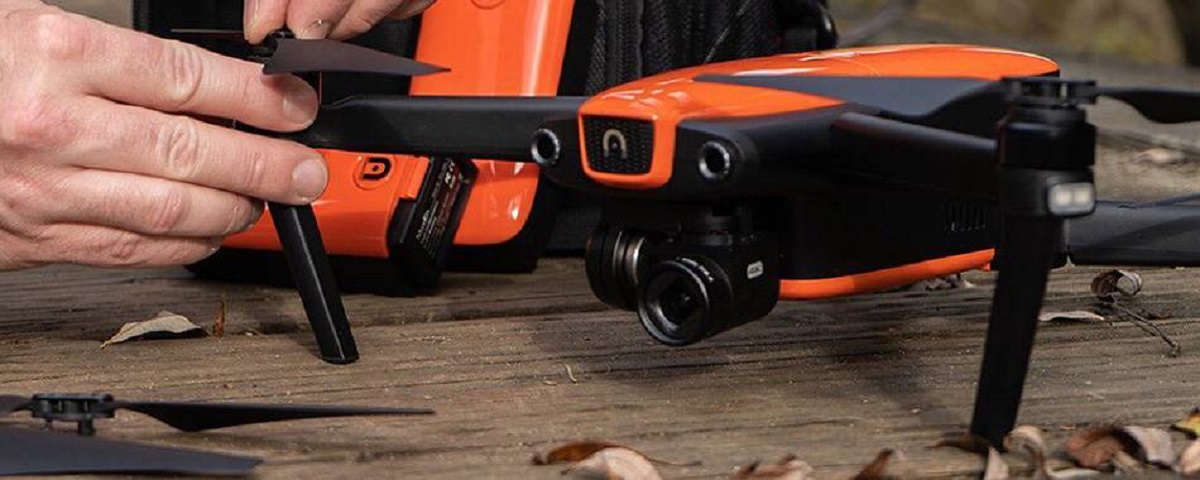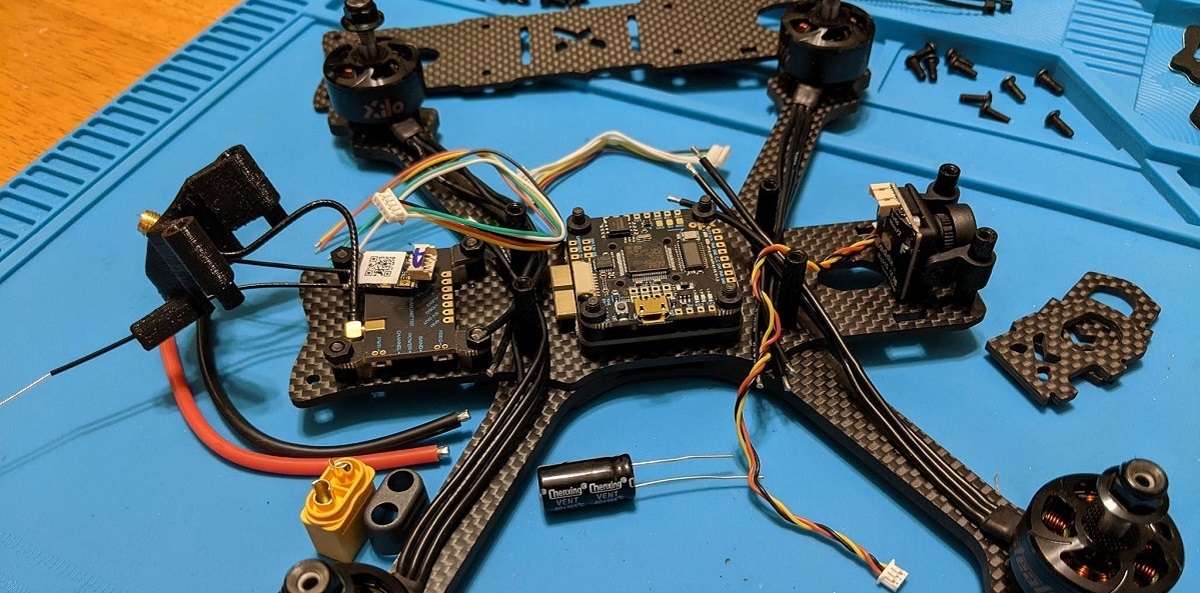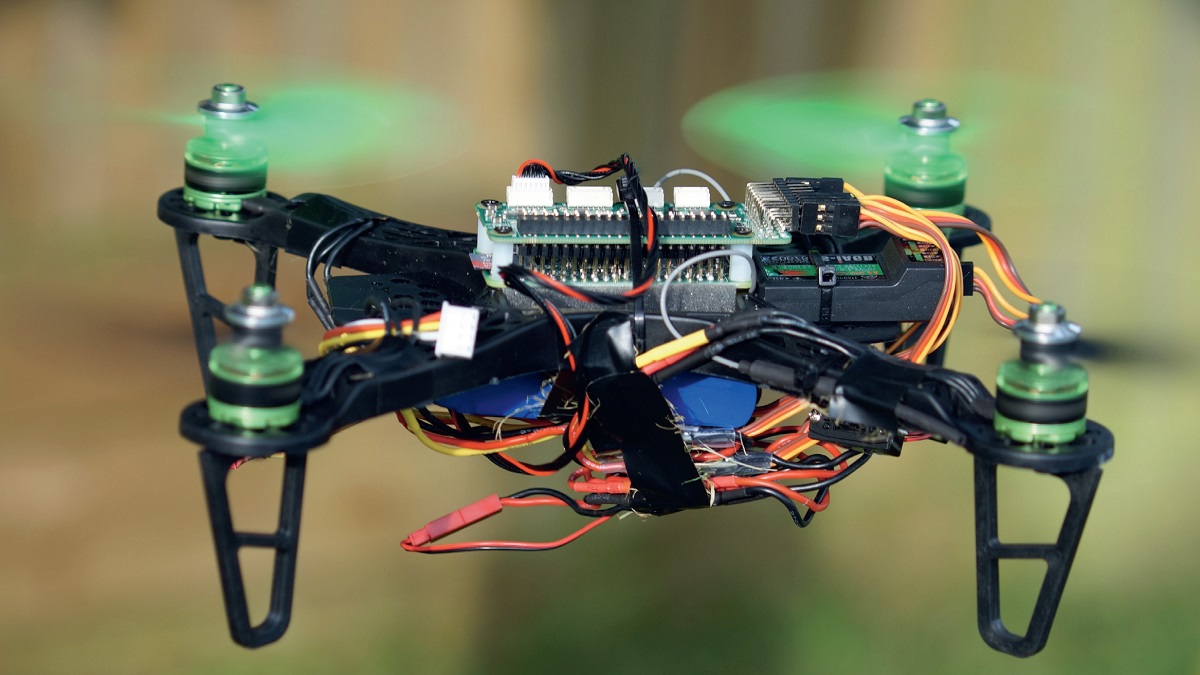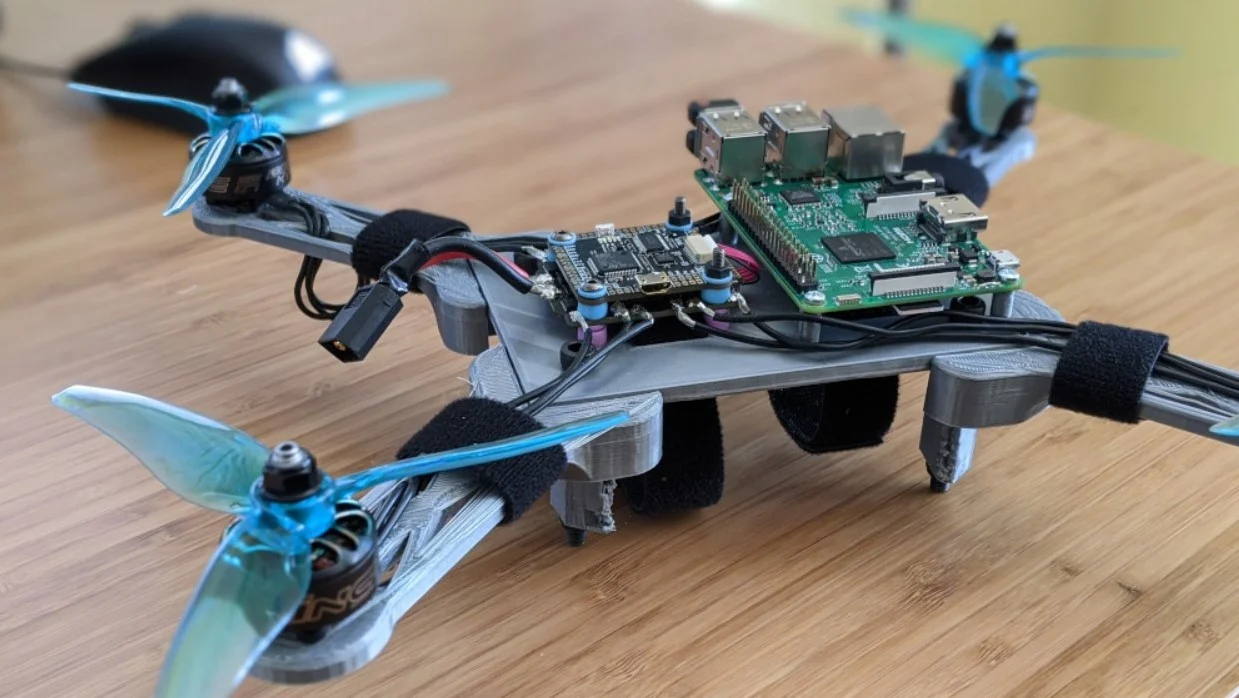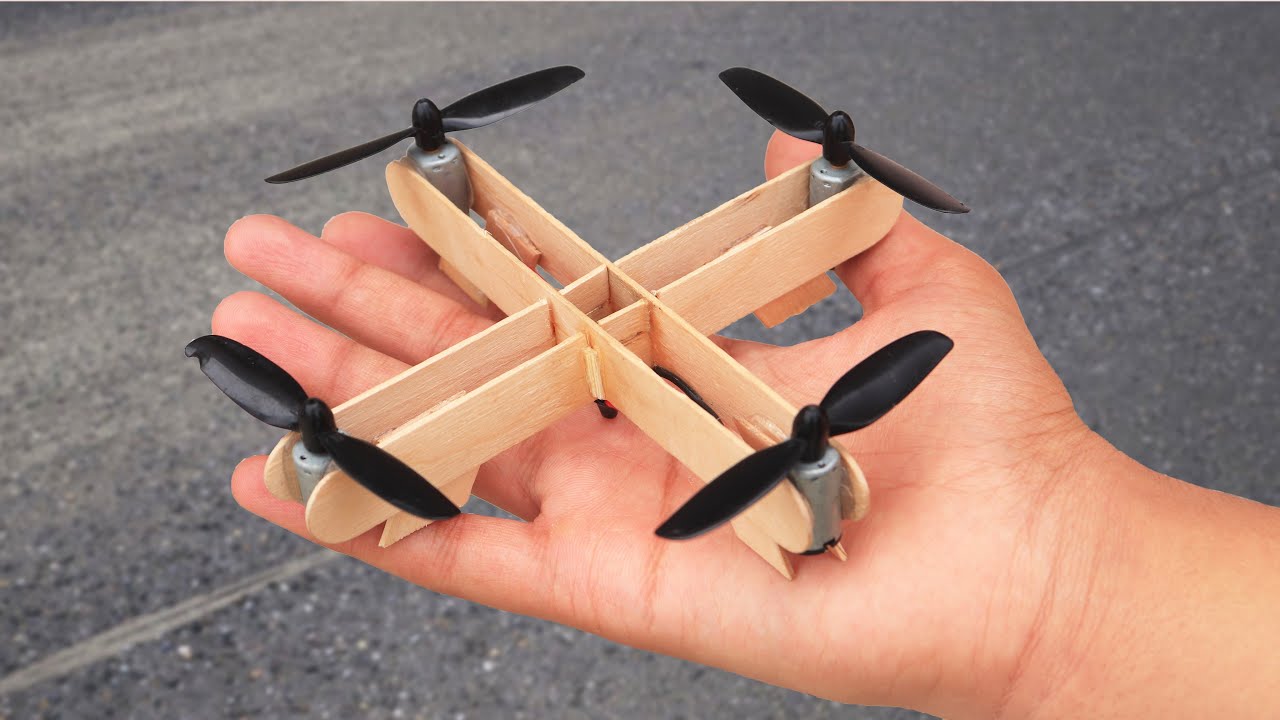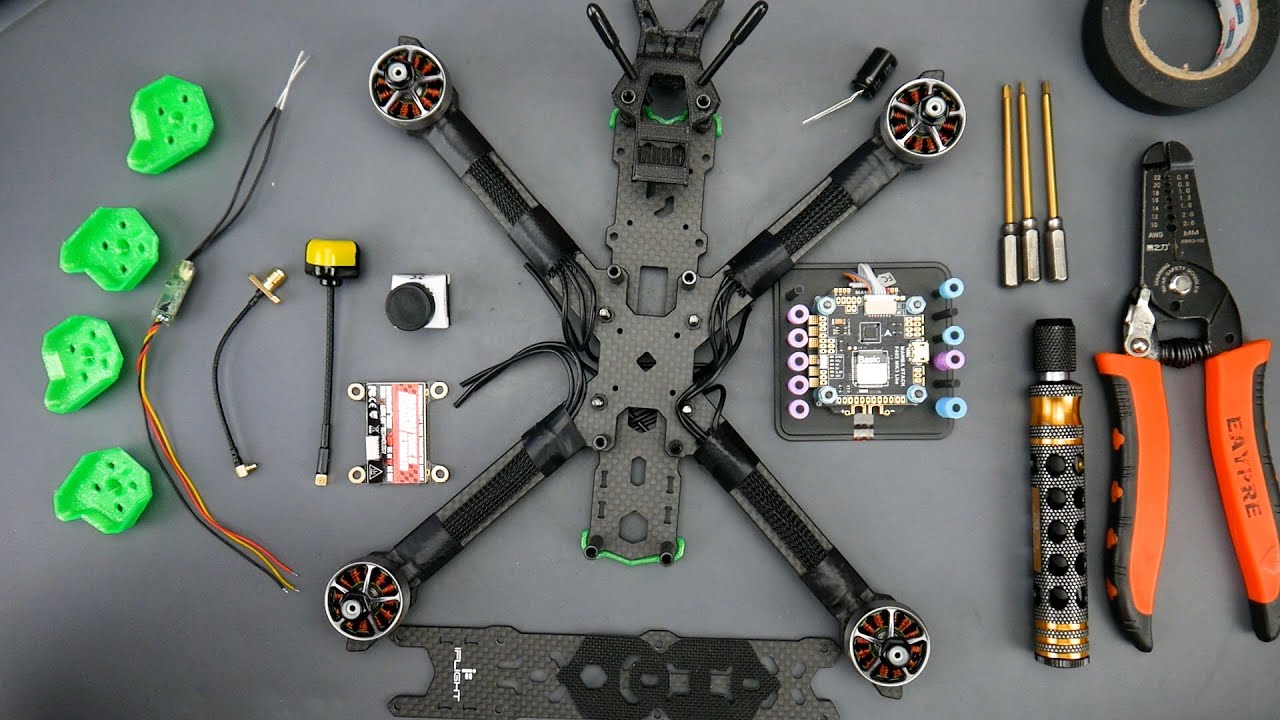Introduction
Welcome to the fascinating world of drones! These unmanned aerial vehicles have become increasingly popular in recent years, with applications ranging from aerial photography and videography to search and rescue operations. While drones come in various shapes and sizes, they all rely on a crucial component known as the Electronic Speed Controller (ESC) to control their flight.
An ESC, as its name suggests, is responsible for regulating the speed of the drone’s electric motors. It acts as the intermediary between the flight controller and the motors, allowing the drone pilot to adjust the speed and direction of the rotors with precision.
In this article, we will delve into the world of ESCs and explore their significance in the operation of drones. From understanding how they work to choosing the right ESC for your drone, we’ll cover all the essential information you need to know about this critical component.
So, whether you’re a drone enthusiast looking to expand your knowledge or a beginner curious about the inner workings of these aerial marvels, let’s embark on this journey together to uncover the secrets of the ESC and its role in keeping drones aloft.
What is ESC?
The ESC, short for Electronic Speed Controller, is a crucial component in the world of drones. It is essentially an electronic device that regulates the speed of the electric motors that power the propellers. In simple terms, it controls the speed and direction of the motors, translating the commands from the flight controller into the appropriate signals for the motors.
ESC technology has evolved significantly over the years to cater to the increasing demands of drone enthusiasts and professionals. Modern ESCs come equipped with advanced features such as motor timing control, braking functions, and even programmability, allowing users to customize their drone’s performance to their liking.
In addition to controlling the speed of the motors, ESCs also serve another crucial purpose – they provide the necessary power supply to the flight controller, receiver, and other electronic components of the drone. This power distribution ensures that all components receive a stable and sufficient power supply to function correctly.
ESC technology has made significant advancements in terms of efficiency, reliability, and performance. Today’s ESCs are capable of handling high currents, providing smooth and responsive motor control, and even offering telemetry data to the pilot for monitoring purposes.
Overall, the ESC plays a critical role in the overall flight performance and stability of a drone. It is responsible for translating the pilot’s commands into precise motor control and ensuring a smooth and controlled flight experience.
How does an ESC work?
To understand how an Electronic Speed Controller (ESC) works, let’s take a closer look at the basic components and their functionalities.
An ESC consists of three main parts: the input control circuit, the power stage, and the output driver circuit. The input control circuit receives signals from the flight controller, which include throttle commands, yaw, pitch, and roll. These commands are usually sent in the form of pulse width modulation (PWM) signals.
The input control circuit processes these signals and translates them into precise commands for the power stage. The power stage is responsible for amplifying the signals received from the input control circuit and delivering the appropriate amount of power to the motors. It ensures that the motors receive the required voltage and current to rotate at the desired speed.
The output driver circuit is the final part of the ESC and is responsible for driving the power stage. It generates the necessary high-frequency signals to control the timing and duration of power delivery to the motors. This fine-tuned control allows the motors to rotate smoothly and efficiently.
In essence, the ESC acts as the intermediary between the flight controller and the motors. It receives input commands from the flight controller, processes them, and converts them into signals that drive the motors accordingly. By adjusting the timing and duration of power delivery, the ESC controls the rotational speed and direction of the motors.
Furthermore, the ESC also plays a crucial role in providing safety features such as motor braking and low voltage protection. Motor braking helps quickly slow down the propellers when control input is reduced or removed, enhancing the overall control and maneuverability of the drone. Low voltage protection ensures that the battery voltage does not drop to a critical level, protecting the battery from damage and preventing sudden power loss during flight.
Overall, the ESC is a sophisticated electronic device that seamlessly translates commands from the flight controller to the motors, ensuring precise and responsive motor control for a smooth and controlled flight experience.
Importance of ESC in a drone
The Electronic Speed Controller (ESC) plays a vital role in the overall performance and stability of a drone. Let’s explore the importance of ESCs in more detail:
1. Motor Control: The ESC enables precise control of the drone’s motors, allowing for precise adjustments in speed and direction. This control is essential for smooth take-offs, stable flights, and controlled landings. Without an efficient ESC, a drone would struggle to maintain stability and responsiveness during flight.
2. Flight Stability: The ESC contributes significantly to the flight stability of a drone. By regulating the motor speed and delivering consistent power to each motor, the ESC helps to maintain the drone’s balance and control. It ensures that all motors are spinning at the same speed, preventing imbalances and reducing the risk of crashes or erratic behavior.
3. Safety Features: ESCs often come with built-in safety features like motor braking and low voltage protection. Motor braking helps to quickly stop the propellers when the control input is reduced or removed, improving safety and control during flight. Low voltage protection safeguards the battery from draining too much, preventing sudden power loss that could lead to a crash.
4. Efficiency and Battery Life: A well-designed ESC can enhance the efficiency of a drone by delivering power to the motors in a controlled manner. This efficient power management extends the battery life, allowing for longer flight times and more enjoyable flying experiences.
5. Customization and Performance: Advanced ESCs offer programmability options for users to fine-tune their drone’s performance. These options may include adjusting motor timing, throttle response, and other parameters. This level of customization allows drone enthusiasts and professionals to optimize their drones for specific applications, such as aerial photography or racing.
In summary, the ESC is a critical component in a drone that ensures precise motor control, flight stability, and safety. It not only helps to maintain balance and control during flight, but it also enhances efficiency, extends battery life, and enables customization for optimal performance. Without a reliable and efficient ESC, a drone’s flight capabilities would be severely limited.
Types of ESC used in drones
Drones come in various shapes and sizes, and so do the Electronic Speed Controllers (ESCs) used in them. Let’s explore the different types of ESCs commonly found in drones:
1. Onboard ESCs: Onboard ESCs are integrated into the drone’s flight controller board, allowing for a compact and streamlined design. They are commonly found in smaller drones and are often soldered directly onto the board. Onboard ESCs provide a convenient and space-saving solution for smaller drone builds.
2. Separate ESCs: Separate ESCs, also known as standalone ESCs, are individual electronic modules that are not integrated into the flight controller board. They are often used in larger drones, where the ESCs are mounted separately from the flight controller. Separate ESCs offer flexibility in terms of placement and are easier to replace or upgrade if needed.
3. Brushed ESCs: Brushed ESCs are designed for drones that use brushed motors. These motors have brushes that transfer electrical current to the rotor, creating the rotational motion. Brushed ESCs are typically found in entry-level and toy drones. They are relatively simple in design and provide basic speed control for the motors.
4. Brushless ESCs: Brushless ESCs are designed for drones that use brushless motors. These motors do not have brushes, making them more efficient, durable, and powerful compared to brushed motors. Brushless ESCs are commonly used in professional and high-performance drones, providing precise motor control and high-speed capabilities.
5. SimonK ESCs: SimonK is a well-known firmware used in certain ESCs. It is highly regarded for its fast response time and smooth throttle control. SimonK ESCs are popular among drone racing enthusiasts due to their ability to provide rapid throttle adjustments, enhancing the agility and responsiveness of the drone.
6. BLHeli ESCs: BLHeli is another popular firmware used in ESCs, known for its advanced features and configurability. BLHeli ESCs offer a wide range of customization options such as motor timing, active braking, and even supporting digital protocols like DShot. They are favored by drone pilots who seek fine-tuned control and performance optimization.
It’s essential to choose the right type of ESC that matches the drone’s motor type and desired performance. Each type of ESC has its own advantages and is tailored for specific applications. Understanding the different types of ESCs available allows drone enthusiasts and professionals to select the one that best suits their needs and achieves optimal performance.
Choosing the right ESC for your drone
Choosing the right Electronic Speed Controller (ESC) for your drone is crucial to ensure optimal performance and compatibility. Here are some considerations to keep in mind when selecting an ESC:
1. Motor Compatibility: The ESC must be compatible with the type of motors used in your drone. Consider whether your drone uses brushed or brushless motors, as different ESCs are designed for each motor type. Brushed ESCs work with brushed motors, while brushless ESCs are specifically designed for brushless motors.
2. Current Rating: The ESC should have an appropriate current rating to support the power requirements of your drone’s motors. Consider the voltage and current draw of your motors, ensuring that the ESC can handle the load without overheating or being underpowered. It’s recommended to choose an ESC with a slightly higher current rating than what your drone’s motors demand to ensure reliable and safe operation.
3. Firmware and Features: The firmware of the ESC can greatly impact its performance and functionality. Consider whether you prefer ESCs with firmware like SimonK or BLHeli, as these may offer advanced features like motor timing control, active braking, and even telemetry capabilities. Evaluate which features are necessary for your desired drone performance.
4. ESC Size and Weight: Consider the size and weight limitations of your drone when selecting an ESC. Smaller drones often require compact and lightweight ESCs to ensure proper balance and maneuverability. However, larger drones can accommodate bulkier ESCs with additional cooling features for better heat dissipation.
5. Quality and Reputation: Opt for ESCs from reputable brands known for their quality and reliability. Research customer reviews and feedback to gauge the performance and durability of different ESC options. Investing in a high-quality ESC may have a significant impact on the overall performance and lifespan of your drone.
6. Budget: Set a budget for your ESC purchase and find a balance between cost and performance. While it is essential to consider your budgetary constraints, keep in mind that the ESC is a critical component of your drone’s functionality and choosing a reliable and well-performing ESC will lead to a better flying experience in the long run.
By carefully considering motor compatibility, current rating, firmware features, size and weight, reputation, and budget, you can choose the right ESC that ensures optimal performance, reliability, and efficiency for your drone.
Tips for ESC Maintenance and Troubleshooting
To ensure the longevity and optimal performance of your Electronic Speed Controller (ESC), it is important to practice proper maintenance and troubleshooting. Here are some helpful tips to keep your ESC in good condition:
1. Keep the ESC Clean: Regularly clean the ESC to remove any dirt, dust, or debris that may have accumulated. Use a small brush or compressed air to gently clean the ESC’s circuit board and cooling fins. Avoid using excessive force or liquid cleaners that may damage the components.
2. Check for Loose Connections: Periodically inspect the connections between the ESC, motor, and battery. Ensure that all connectors are secure and that there is no fraying or damage to the wires. Loose or damaged connections can result in reduced performance or even failure of the ESC. If necessary, re-solder or replace any faulty connectors or wires.
3. Monitor Temperature: During operation, keep an eye on the temperature of the ESC. Excessive heat can damage the ESC and reduce its lifespan. Ensure proper airflow around the ESC and avoid flying the drone in extreme weather conditions that may cause overheating. Consider adding heat sinks or cooling fans if you frequently operate your drone in demanding conditions.
4. Calibrate Throttle Range: It’s important to calibrate the throttle range of your drone’s ESC properly. Follow the manufacturer’s instructions to perform the throttle calibration process accurately. This ensures that the ESC receives accurate throttle signals from the flight controller, resulting in smooth and precise motor control.
5. Test and Check Performance: Regularly test your drone’s performance to ensure that all motors are functioning correctly and that the ESC is responding accurately to control inputs. Monitor for any abnormal behavior such as uneven motor speed, frequent motor stutters, or unresponsive throttle. If you notice any issues, investigate and troubleshoot the problem promptly.
6. Troubleshooting ESC Issues: If you encounter problems with your ESC, such as motor cutoffs, erratic throttle response, or motor synchronization issues, first check for loose connections and ensure proper power supply. If the problem persists, consult the ESC manual or manufacturer’s website for troubleshooting guides. Consider updating the ESC firmware or seeking assistance from knowledgeable individuals in online forums or drone communities.
By following these maintenance tips and troubleshooting guidelines, you can prolong the lifespan of your ESC and keep it operating at its best. Remember to handle the ESC with care and always refer to the manufacturer’s instructions and recommendations for specific maintenance and troubleshooting procedures.
Conclusion
The Electronic Speed Controller (ESC) is an indispensable component in the world of drones. Its role in controlling the speed and direction of the motors is essential for stable and controlled flight. Understanding the importance of ESCs, the different types available, and how to choose the right one for your drone is crucial for optimizing performance and achieving your desired flight capabilities.
From brushed ESCs for entry-level drones to advanced brushless ESCs with programmability and telemetry features, there is a wide range of options available to suit different drone types and applications. Selecting an ESC that matches your drone’s motor type, current requirements, and desired features will help ensure smooth, efficient, and reliable performance.
Maintaining your ESC with regular cleaning, checking connections, and monitoring temperatures is key to extending its lifespan and avoiding potential issues. Proper calibration and troubleshooting techniques also play a vital role in keeping your ESC and drone in optimal condition.
As the world of drones continues to evolve and advance, ESC technology will undoubtedly follow suit, delivering even greater efficiency, performance, and control. By staying informed and up-to-date with the latest developments in ESC technology, you can take advantage of the advancements to enhance your drone flying experience.
In conclusion, the ESC is a crucial component that ensures precise motor control, flight stability, and safety in drones. Choosing the right ESC and properly maintaining it will contribute to a smooth and enjoyable flying experience, allowing you to unleash the full potential of your drone in the sky.







